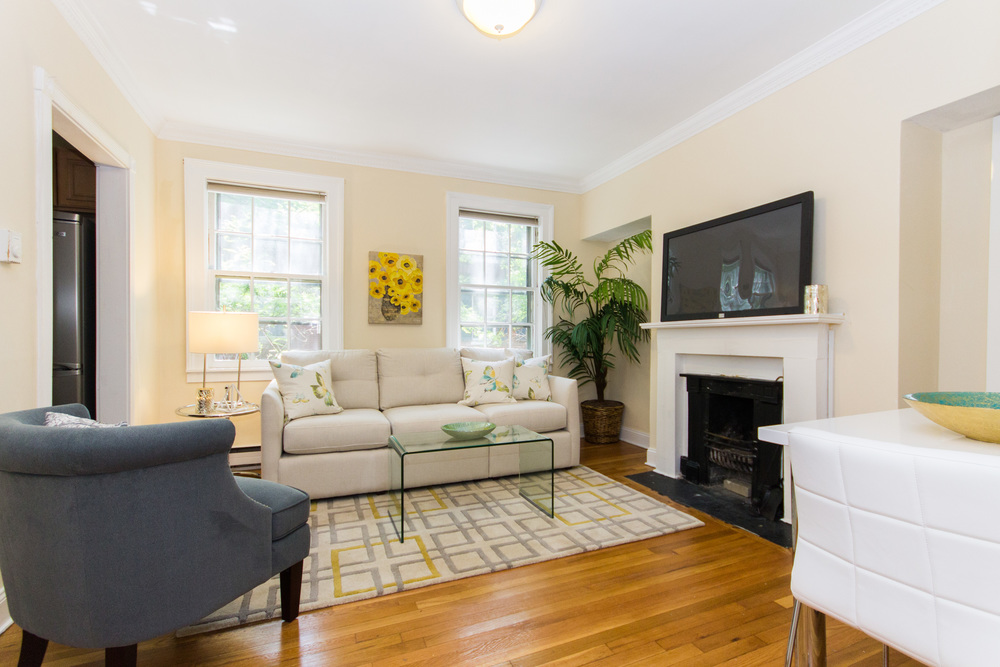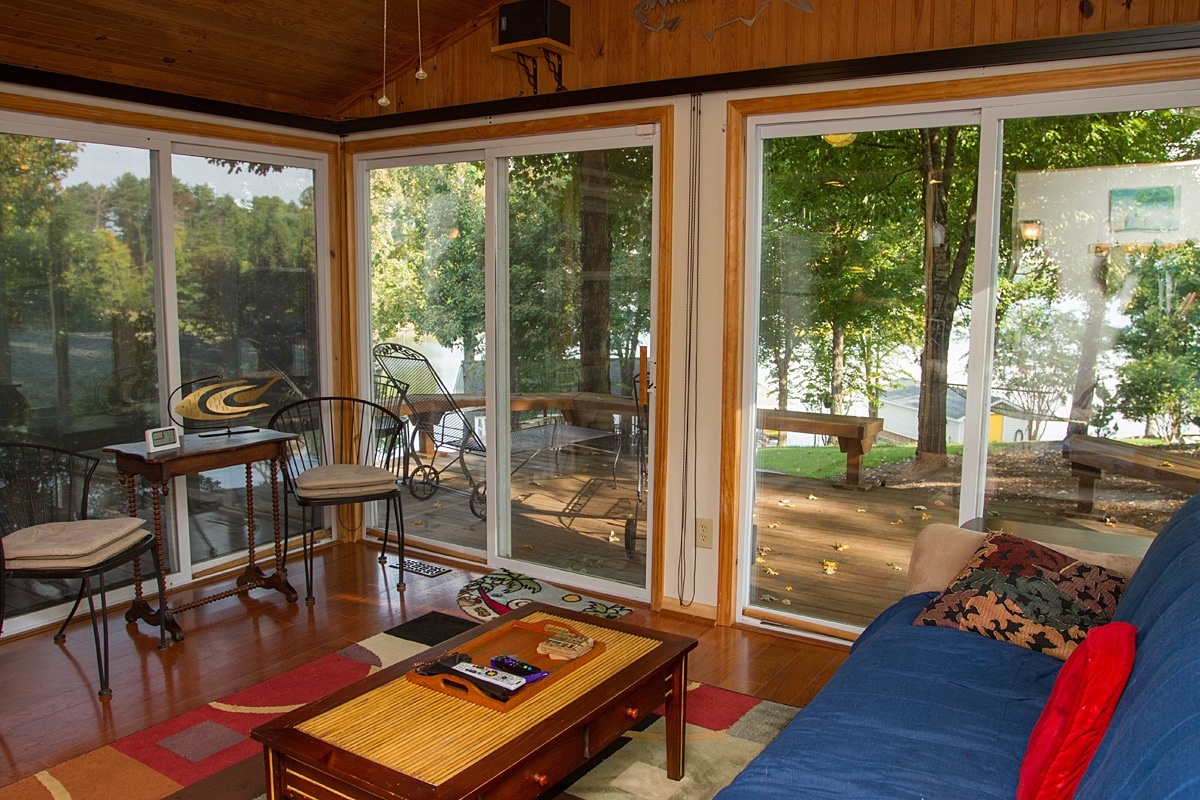
If I had to depend on Wall Street or Washington for an explanation of what ails the U.S. financial economy, I’d probably pick neither one. My choice would be John Griffin, a cowboy boots-wearing University of Texas financial professor, who has been on something of a roll.
Six years before Standard & Poor’s agreed to pay $1.4 billion to settle state and federal government lawsuits alleging it inflated credit ratings on securitized mortgage debt, Griffin revealed—with mathematical precision—how S&P degraded its own analytical model to issue puffed-up grades.
Seven months before J.P. Morgan Chase agreed to pay $13 billion to resolve state and federal claims that it misled investors on toxic mortgage securities—the largest financial settlement with a single entity in U.S. history—Griffin showed how the bank had originated a disproportionate share of securitized mortgages flawed by undisclosed second liens (among other reporting problems).
Today, Griffin is advancing a new argument: that housing prices were more inflated—and the crash even more violent—in markets where lenders who misreported mortgages held concentrated market shares. He concludes that big banks with bad practices drove the credit bubble, and the misreporting deepened it.
“I just want to know the truth,” says Griffin, 45, who grew up playing high school football in Texas and today delivers some of his hardest hits on Wall Street.
In his latest forensic work, Griffin and co-author Gonzalo Maturana, an assistant professor of finance at Emory University in Atlanta, combed through 3.1 million mortgages originated between 2002 and the end of 2007. More than one-quarter of these loans subsequently defaulted.
While looking for inconsistencies in appraisal values and owner-occupancy status, the most interesting part of the investigation exposes how some mortgage securities were riddled with undisclosed second liens. These hidden debts reduced the borrowers’ incentive to repay their obligations. Griffin and Maturana found the gaps by comparing bank securities documents to county courthouse records.
No fewer than 10.2% of the securitized mortgages in their sample contained an undisclosed second lien. Some lenders, such as Barclays and J.P. Morgan Chase, produced nearly double the overall number of missing debts. This is startling for two reasons: first, loans with an unreported lien were 97% more likely to become seriously delinquent than were correctly reported loans; and second, the same lender originated both liens more than two-thirds of the time.
Barclays and J.P. Morgan not only had the highest levels of misreported second liens, but also the highest aggregated misreporting across all categories analyzed, according to Griffin and Maturana’s research. They also discovered owner-occupancy inconsistencies are based on county tax records mailed to a non-business address other than the purchased residence. And they tracked aberrations in appraisal value based on human appraisals that were 20% higher than a standard model-based valuation. This is a conservative measure, four times higher than a statistically significant 5% deviation.
Of the 18 largest players in the securitized market, the highest misreporting was Barclays at 41.5% and J.P. Morgan at 41%, the research finds. J.P. Morgan and Barclays both declined to comment.
Adding to the skepticism, loans with unreported second liens typically bore higher interest rates than correctly reported loans, meaning that lenders “were seemingly aware of and accounted for the second-lien risk,” according to the research, titled “Who Facilitated Misreporting in Securitized Loans?”
These undisclosed second liens spiked “significantly” around benchmark credit thresholds, meaning the omitted debts might have helped borrowers obtain the loans, on the one hand, and helped lenders to securitize them on another.
“This type of misreporting derives from the originator’s incentives to securitize,” Griffin and Maturana conclude in their paper, which is slated for publication in the peer-reviewed Journal of Finance.
Such analysis cuts closer than conventional blame-shifting that would hold faceless borrowers, and expansionary government credit policies, accountable.
And that takes us to Griffin’s latest research, which seeks to answer the question of whether lenders that misreported important mortgage information, played a calculable role in driving up home prices—and deepening the crash.
In this new study, titled “Did Dubious Mortgage Origination Practices Distort House Prices?” Griffin and Maturana looked at a universe of about 5,000 ZIP codes across the country. They drilled down to individual streets, where 15% or more of the home mortgages were originated by the same suspect lenders identified in the earlier study. They compared this to similar houses sold in other ZIP codes where the lenders originated less than 5% of the purchase transactions.
Unsurprisingly—based on the compounding effect of such bad practices—Griffin and Maturana found that home prices rose 63% in 858 ZIP codes with high concentrations of lenders they believe misreported mortgage information from 2003 to 2006. This contrasts with a 36% price increase in 4,318 ZIP codes with a lower presence of such originators. On the downside, from 2007 to 2012, prices decreased 40% in ZIP Codes with the higher concentrations of bad originating practices, almost double the 21% decline elsewhere.
read more…
http://www.marketwatch.com/story/how-jp-morgan-and-barclays-mistakes-inflated-the-housing-bubble-2015-06-04






